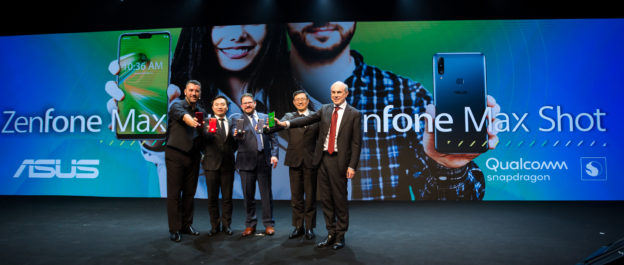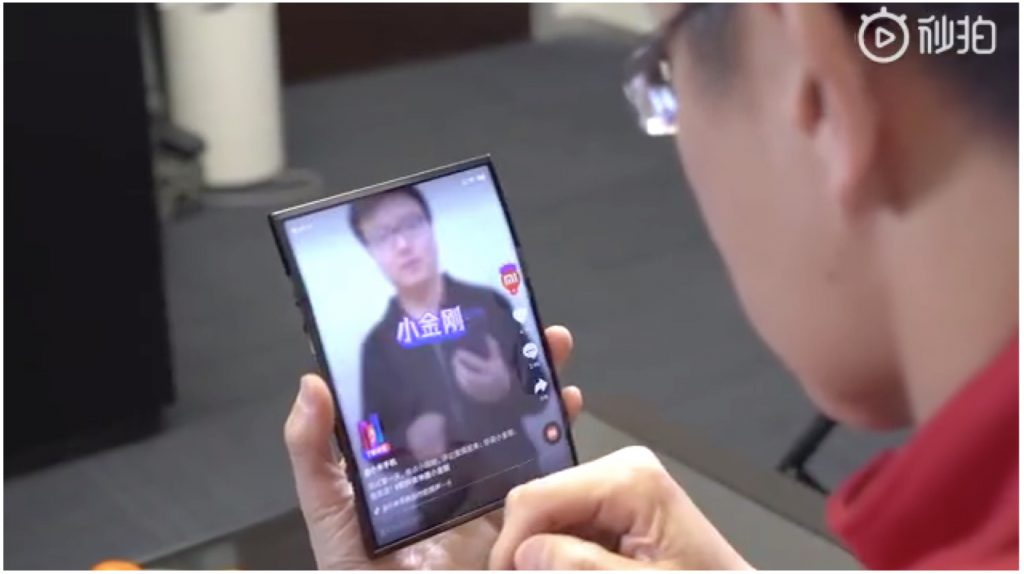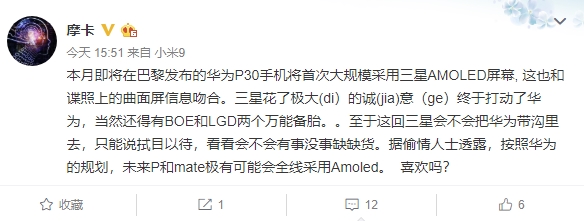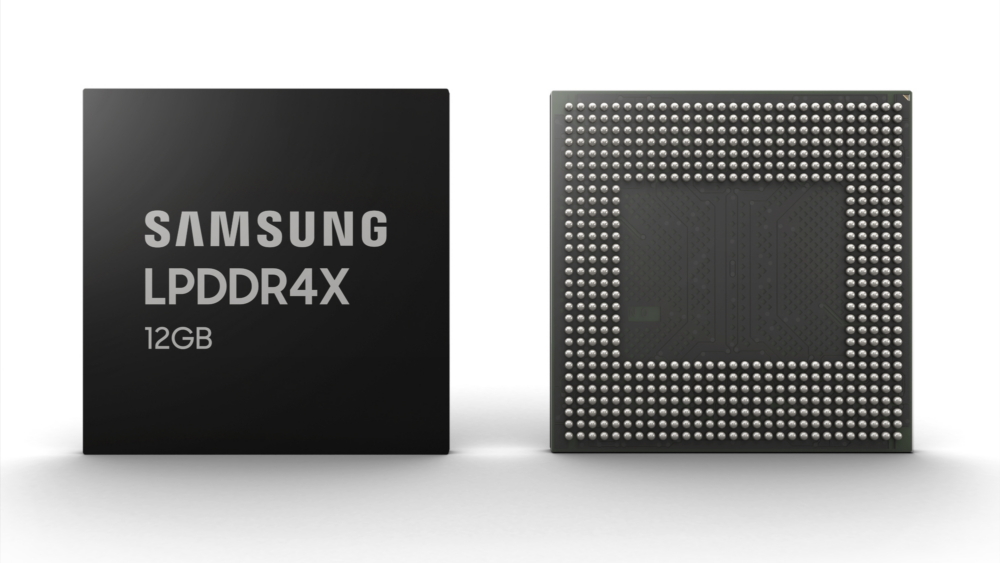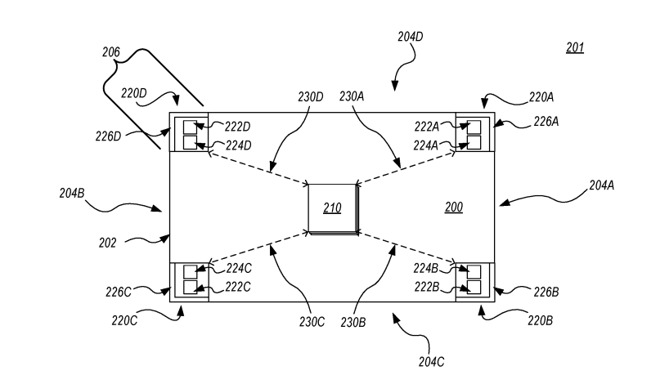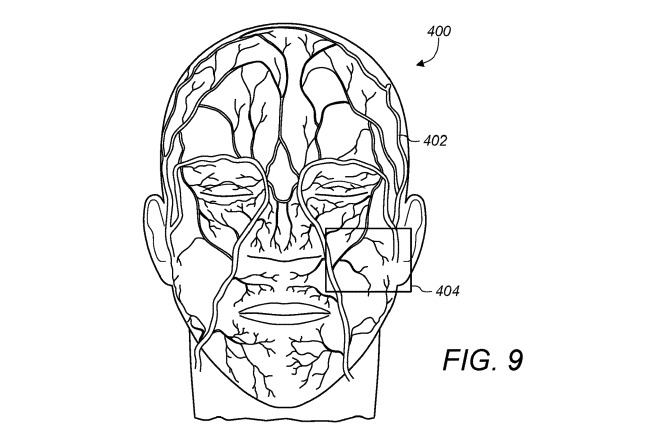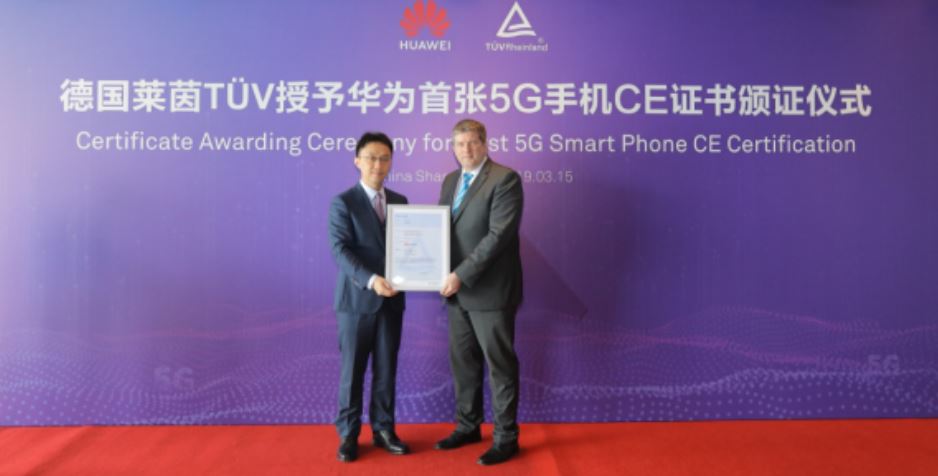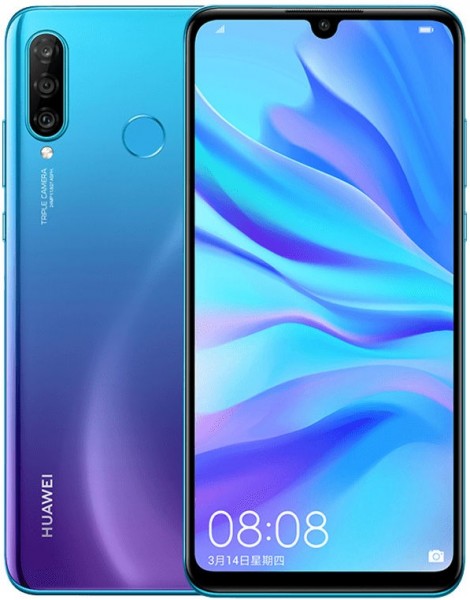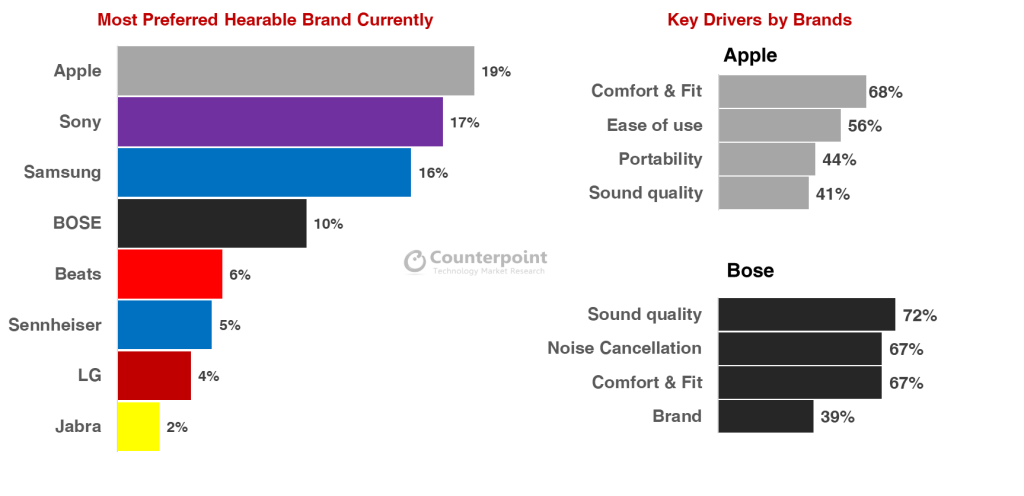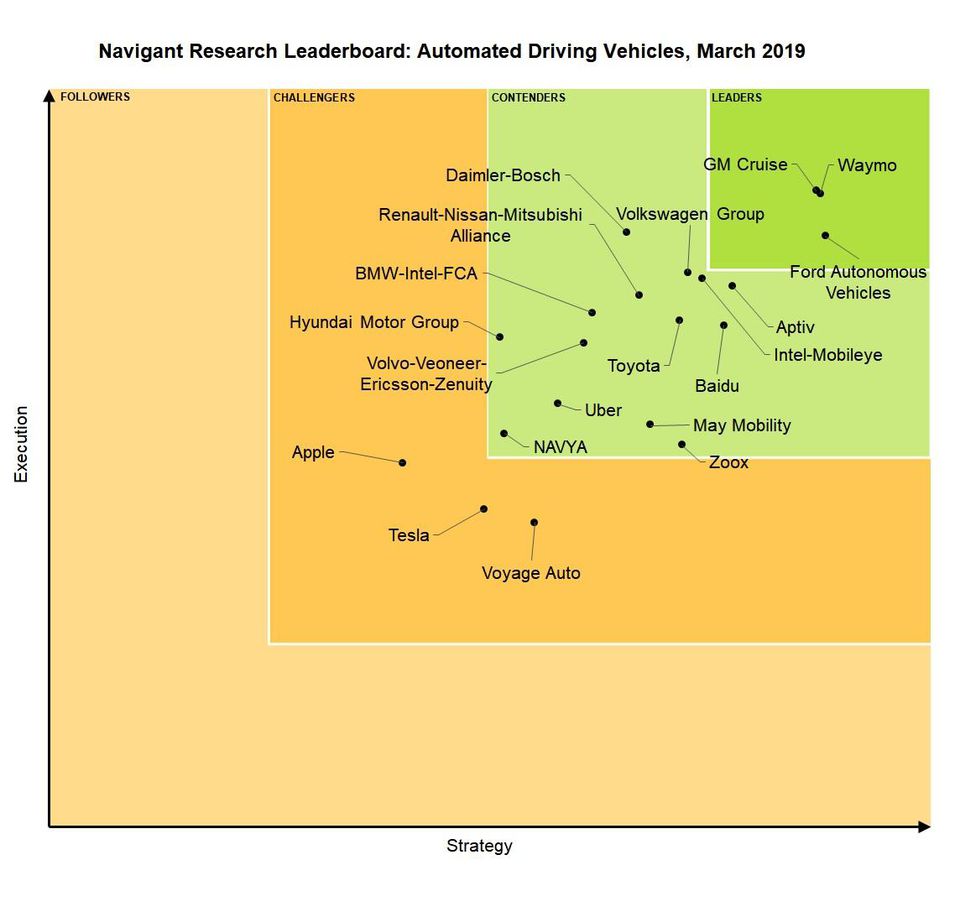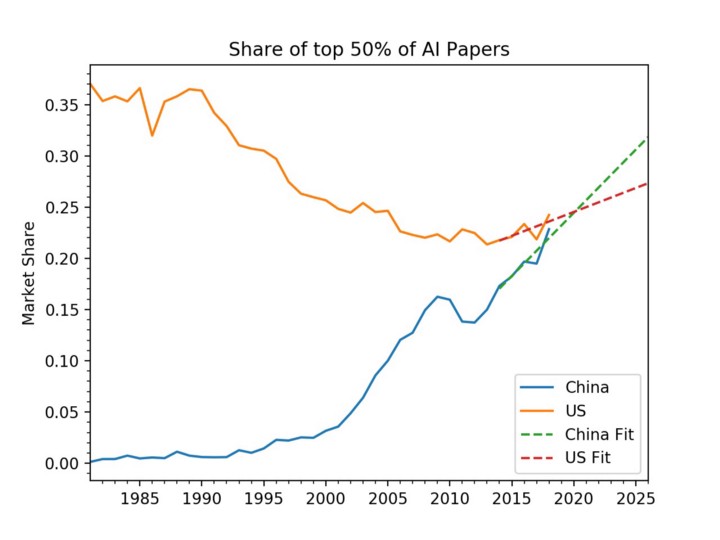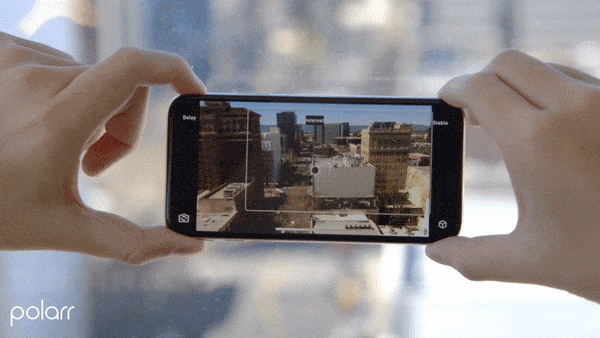
03-16: Royole Corp is reportedly seeking about USD1B in a funding round ahead of an initial public offering; Samsung has announced that it has begun mass producing the highest-capacity mobile DRAM; etc.
Chipsets
Judge Gonzalo P. Curiel of the U.S. District Court for the Southern District of California, has issued a preliminary ruling that Qualcomm owes Apple nearly USD1B in patent royalty rebate payments, though the decision is unlikely to result in Qualcomm writing a check to Apple because of other developments in the dispute. (My Drivers, Yahoo, Apple Insider)
Judd Heape, Sr. Director of Product Management (Camera, Computer Vision, and Video) at Qualcomm, has revealed that the current implementation of HDR10+ is by Samsung and that Qualcomm is working on its own implementation of HDR10 video recording with frame-by-frame and scene-by-scene metadata, and that it will come with the company’s Snapdragon 865 chipset later in 2019. (Android Headlines, MySmartPrice)
Qualcomm, Universal Scientific Industrial (Shanghai) and Asustek Computer have announced jointly the commercial launch of new Asustek smartphones that utilize Qualcomm’s cellular system-in-package (SiP) technology in Brazil. The joint venture Semicondutores Avancados do Brasil, formed by Qualcomm and USI, announced that Jaguariuna in Sao Paulo is the city where the Snapdragon SiP factory is expected to be built. (Digitimes, press, USI, TechNews)
Touch Display
Samsung VP of its display R&D group, Yang Byung-duk has revealed that the company will push to put cameras and sensors beneath the screens of smartphones to create “perfect full-screen” devices. However, he also admits that it would not be possible to make a full-screen smartphone in the next 1~2 years. (Engadget, The Verge, Yonhap News, CN Beta, My Drivers)
Google’s patent shows a perspective view of a computing device that includes a foldable display with a single inward fold and the foldable display in a partially folded configuration. The patent depicts a gap between the two halves of the display, and that is basically a requirement with the currently available technology. (GizChina, Patently Mobile, Sina)
Xiaomi will allegedly launch their foldable phone as soon as the end of Apr or early Jun 2019. Xiaomi reportedly plans to sell the foldable device at a USD999 price mark, which will make it the cheapest foldable smartphone. Xiaomi will also bring the phone to Europe for EUR999 and to India for INR74,999. Xiaomi will use Visionox Technology OLED displays. (CN Beta, iGyaan)
Royole Corp is reportedly seeking about USD1B in a funding round ahead of an initial public offering. The Shenzhen, China-based company is seeking a valuation of at least USD8B in the round as it seeks to expand its sales and marketing and research facilities. (CN Beta, Bloomberg)
Huawei Mate 20 Pro has used BOE and LG Display (LGD). Nevertheless, current information suggests that Huawei P30 series will use Samsung Display AMOLED display on a large scale. In addition, Huawei may restrict its P and Mate series to AMOLED displays in the future. (GizChina, My Drivers)
Camera
Bay Area photography startup Polarr has announced this morning that it has raised an USD11.5M Series A. The company is best known for its photography app for iOS and Android, which utilizes machine learning and AI to improve image editing. (TechCrunch, TechCrunch CN, VentureBeat)
Judd Heape, Qualcomm’s Senior Director of Product Management (Camera, Computer Vision, and Video), has revealed that OEMs are working with sensor makers to release 64MP and 100MP+ smartphones later in 2019. (Android Authority, CN Beta, My Smart Price)
Memory
Samsung has announced that it has begun mass producing the highest-capacity mobile DRAM – the industry’s first 12-gigabyte (GB) low-power double data rate 4X (LPDDR4X) package. (Engadget, Samsung, CN Beta)
Sensory
Apple’s patent titled “Embedded light sensors” attempts to improve how sensors that rely on light emitters work. Apple suggests the placement of the sensors could be used to help drivers know of nearby elements, similar to how proximity sensors can help with parking, as well as to help self-driving systems know about its surroundings. Another patent titled “Automated capture of image data for points of interest” covers how a self driving system could determine areas of an environment that could be worth knowing about. (Apple Insider, USPTO, USPTO, Sina)
Biometrics
A new bill has been introduced in the US Senate would prohibit commercial companies using facial recognition technology from sharing people’s data without their explicit consent. The bipartisan Commercial Facial Recognition Privacy Act is sponsored by Senators Brian Schatz and Roy Blunt and is the first of its kind when it comes to facial recognition (FR) technologies and the privacy concerns surrounding them. (CN Beta, The Verge, Schatz)
Taiwan-based General Interface Solution (GIS) and Egis Technology are set to maintain strong sales momentum in 1H19 for ramping up their respective fingerprint sensors to Samsung Electronics. GIS has been shipping its ultrasonic in-display fingerprint sensor modules for Samsung Galaxy S10 and S10+ since Feb 2019, and the monthly shipments are likely to reach 1.5M~2M units in Mar 2019. Egis has also entered Samsung’s supply chain by shipping its optical fingerprint sensors for the production of Galaxy S10e. (Digitimes, press, TechNews, China Times, CTEE)
Apple’s patent titled “Vein matching for difficult biometric authentication cases” suggests the use of veins in a face as part of a user’s overall visual identity. While identical twins can share extremely similar facial features, the two would have dramatically different vein patterns that lie just below the skin. The system revolves around the taking of subepidermal images that includes features like blood vessels. (CN Beta, USPTO, Apple Insider, Mobile ID World)
Connectivity
Huawei Mate X receives the world’s first 5G CE certificate awarded by TÜV Rheinland, a global leader in independent inspection services, which indicates the smartphone has smoothly passed the rigorous test and evaluation and become the world’s first 5G smartphone approved by the Notify Body of the European Union. (CN Beta, PC Mag)
Phone
Huawei consumer business group CEO Richard Yu has revealed that it has developed its own operating systems (OS) for both smartphones and computers, which can be used on its devices in the event that current systems provided by US technology giants are no longer available. (Engadget, SCMP, Sina)
Huawei Nova 4e is announced – 6.15” 1080×2312 FHD+ IPS, HiSilicon Kirin 710, rear tri 24MP-8MP UW-2MP depth + front 32MP, 4/6+128GB, Android 9.0, 3340mAh, CNY1,999 / CNY2,299. (Gizmo China, CN Beta, GSM Arena)
ASUS is launching 2 new phones in Brazil, featuring 6.26” 1080×2246 FHD+ IPS, Qualcomm Snapdragon SiP 1, Android 8.0: Zenfone Max Shot – rear tri 12MP-8MP UW-5MP depth + front 8MP, 4+64GB, 4000mAh 10W fast charging, BRL1,349 (USD35o). Zenfone Max Plus M2 – rear dual 12MP-5MP + front 8MP, 3+32GB, 4000mAh 10W fast charging, BRL1,299 (USD340). (CN Beta, GSM Arena)
Wearables
The global market for true wireless hearables is estimated to reach a volume of 129M units by 2020, according to Counterpoint Research. Apple AirPods’ sales were estimated at around 35M units accounting almost three-fourths of this emerging segment in 2018. (Apple Insider, Counterpoint Research, press, IT Home, My Drivers)
Automotive
A group of investors led by SoftBank Group and Toyota Motor is in talks to invest USD1B or more into Uber’s self-driving vehicle unit, which would value the unit at USD5B~10B. It could also help underscore Uber’s value as the ride-hailing firm prepares for a stock market debut in which its value could top USD100B. (CN Beta, NY Times, VentureBeat)
Toyota plans to invest an additional USD3B in U.S. manufacturing plants as the Japanese automaker bolsters its North American production presence amid concerns about tariffs. Toyota has deepened its commitment to American factories with plans to invest USD13B in 2017~2022, up from a previous plan of USD10B. (CN Beta, USA Today, WSJ)
In its 3rd annual Automated Driving Vehicles leaderboard released, Navigant Research puts just 3 companies in its top-tier ranking, down from 8 in 2018. Remaining among the leaders from a year ago are General Motors (GM), Waymo and Ford, though Navigant now refers to GM Cruise and Ford Autonomous to reflect the formation of those specific business units within the 2 Detroit automakers. The research firm says Waymo and GM Cruise are neck and neck in the race to secure autonomous-vehicle leadership, with scores of 86.7 and 86.6 points, respectively. (CN Beta, OfWeek, Design News, Forbes, Wards Auto)
Artificial Intelligence
Copenhagen-based Whispr is an AI-based voice guidance startup that helps frontline workers to do their jobs more effectively. The startup has closed a EUR668k pre-seed financing round led by Seedcamp, with participation from PreSeed Ventures, Futuristic VC, and Bose Ventures. (VentureBeat, EU-Startsups)
China to overtake US in AI research In 2017, China announced plans to become the world leader in AI by 2030. In response, the Semantic Scholar project has analyzed over 2M academic AI papers published through the end of 2018. The analysis shows that China has already surpassed the US in published AI papers. If current trends continue, China is poised to overtake the US in the most-cited 50% of papers in 2019, in the most-cited 10% of papers in 2020, and in the 1% of most-cited papers by 2025. (The Verge, Medium, STDaily)
